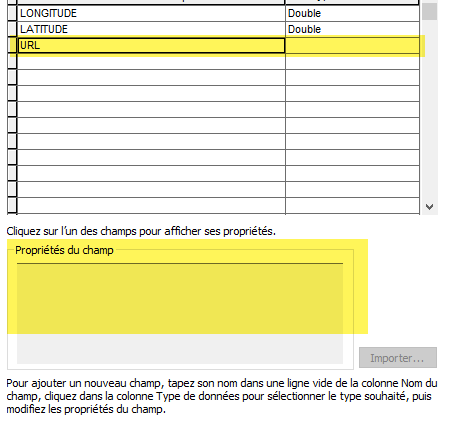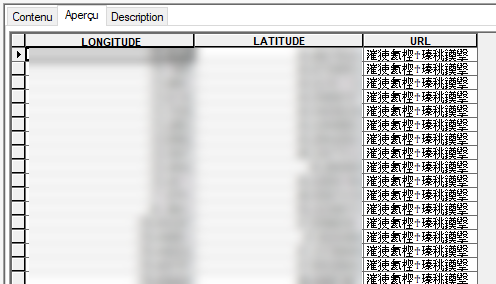Hi,
I read an Oracle Database with "esri SDE" connection file.
I need to update the reader. We now have a new Oracle table that contain a new column and the datatype of that column is "xmltype".
With a Oracle Reader or SQLExecutor, I can read the "xmltype" data. But if I read the data with "SDE", the column is not there. Like SDE don't understand "xmltype". Any idea ?









